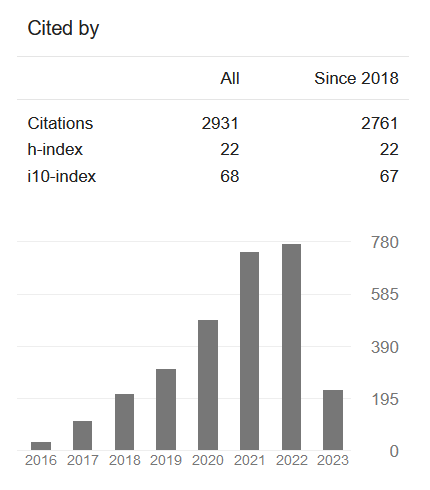Production Operations Management of Broom Reed Industry in the Philippines( Vol-5,Issue-1,January 2019 ) |
|
Author(s): Kenneth L. Armas, Dr. Rachael R. Moralde |
|
Keywords: |
|
|
Broom Reed, Local Industry in Philippines, Production Operations Management. |
|
Abstract: |
|
|
This study utilized the descriptive method of research. Conducted in municipality of San Antonio province of Nueva Ecija, Philippines. There were 58 participants in the study who are the broom producers in the locality. Structured questionnaire was prepared and served as the main instrument of the study facilitated by an interview of the researchers. Majority of the producers are 41-50 years of age, male, married and elementary graduate only. Moreover, majority of their enterprises are single proprietorship and operating for more than 11 years. All broom reed enterprises are classified as micro enterprises having an asset of less than Php 3,000,000 and having employees of not more than 10. As to the production process, it was identified that the product of all producers are purely manual. There were no advanced equipment that use electricity and computer in operation. There are various simple tools in the production such as clap or locally called “pang-ipit”. Surprisingly, all producers are using their own houses only as the place for production meaning no producer invested in a separate area or building for production. As to the procurement of the raw materials, 86% of the producers took their main raw materials within the municipality and some other supplies for production. Based on the result of the study, the producers can produce 31-60 pieces during peak season and 1-15 pieced per day during normal or off-season. Furthermore, the production is decentralized in 98% of the producers. Indicating that producers split their production processes into various people. Majority of the producers do not have adequate safety and security measures. They do not have fire extinguishers in the production area considering that the dried tiger grass as the main raw materials is flammable though all of them prohibit smoking in the area. All producers have their own quality inspection of the final output. Quality inspection is usually done by the owner or other member of the family designated also as supervisor. Relative to this, 40% of the producers normally do not have defective units in the production. Majority of the producers have their own waste disposal method through burning of some excess and unusable supplies and materials. Based on the survey-interview conducted by the researchers, the common problems encountered by the producers are having lack of funds of capital for the production and further investments. They also feel that there is lack of assistance and attention coming from the local government units through different programs, relevant policies and subsidies. The researchers were able to arrive to a One-Year Strategic Action Plan for the industry. The plan was presented to the local government unit for appropriate actions. Significant programs included are giving technical assistance to the producers in improving their practices in production. Modernization of the production process was proposed to increase the number of the units produced and improve the quality of the outputs. Also, organization of the producers into a cooperative will help them to improve their ability to market and promote their products not only in the municipality but also in the country and eventually internationally. The local government units can also implement interventions by; (1) finding possible financing institutions for the producers, (2) improving the promotion of the industry through different activities that can attract investors and tourists, (3) giving subsidies in the raw materials, (4) expansion of the production area of the tiger grass in the municipality to increase the supply thus will reduce the cost of the raw materials of the producers, and (5) giving tax incentives for the producers. The researchers also recommend further studies relative to this to understand deeper the industry and identify other problems to be resolved specially in the areas of marketing and organization management. Personal and family values of the producers and employees can also be studied to determine the possible relationship of these factors to the performance of the broom reed enterprises. |
|
Cite This Article: |
|
| Show All (MLA | APA | Chicago | Harvard | IEEE | Bibtex) | |
Share: |
|

 DOI:
DOI: 



























